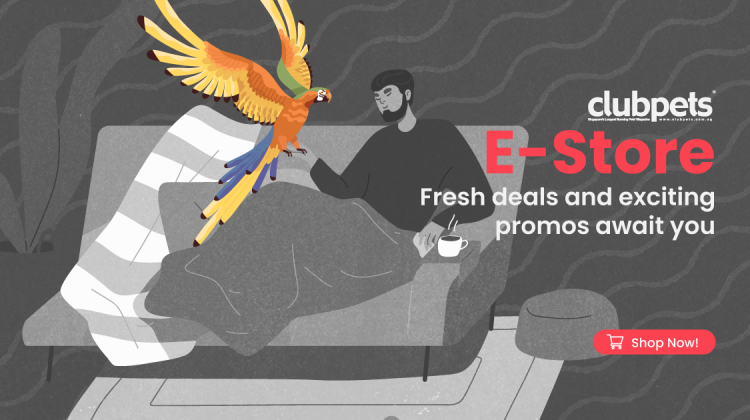Is Your Dog Easily Jealous? Here are 5 Ways to Tell!
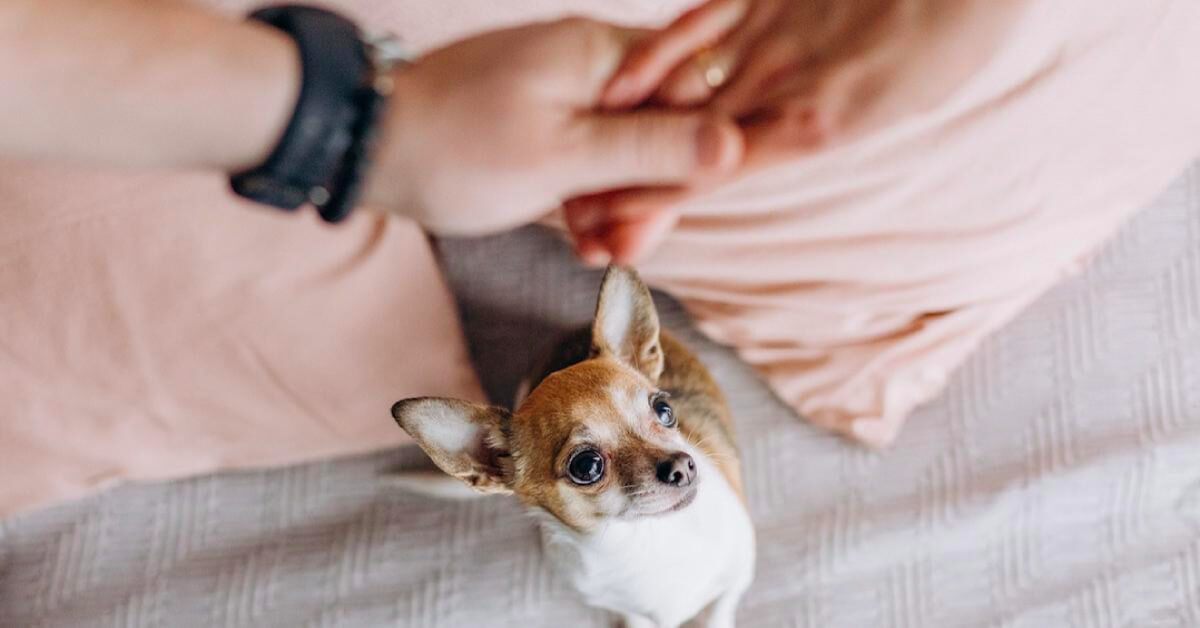
Note: This article was written for and originally posted on Silversky
Yes, you read that right. Dogs can get jealous. A functional emotion that stemmed from their survival instincts, it was carved out through thousands of years of evolution. As food and companionship are crucial to a wild dog’s survival because they hunt and live in packs, it’s no surprise if your dog instinctually feels a need to vie for attention and turns into a green-eyed monster the moment he thinks that you’re ignoring him for a new best friend.
To know if your dog has been feeling jealous, just read on and check if it has been exhibiting these behaviours:
1. Pushy behaviour
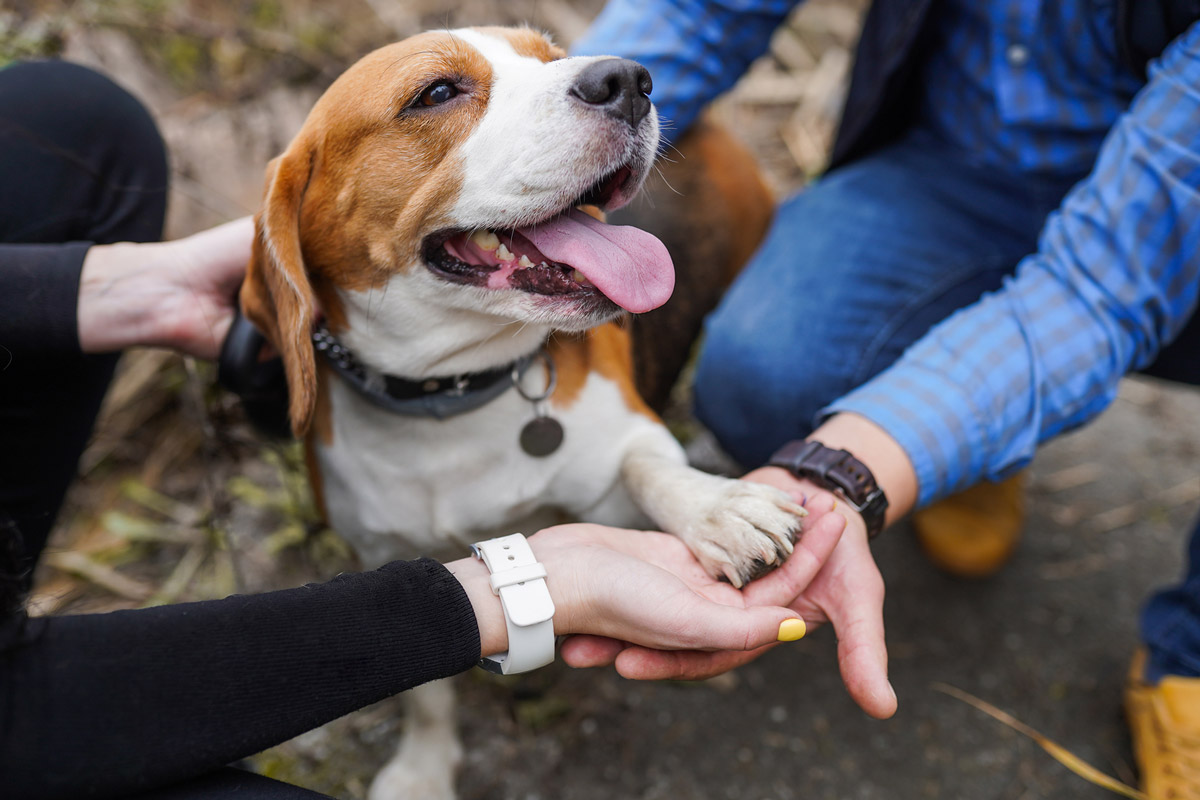
Have you ever moved towards a family member or friend only to have your dog push you away or squeeze in between the two of you? Or maybe your dog often forces its way onto your lap when you’re sitting on the couch with someone else. This kind of behaviour is an evident sign that your dog is feeling jealous. They’re demanding your attention and can’t handle the idea of someone else benefiting from all the wonderful things they love about you. So what can they do? Get in between.
2. Baring their teeth and growling
Aggression is what happens when that pushy behaviour takes a turn for the worst, especially if they don’t get what they want — your undivided attention. Everything including growling, snapping, lunging, and attacking is an act of aggression, and one such example is when you’re sitting comfortably with your dog and it growls at anyone who dares come near.
This kind of jealousy can be directed towards both people and other pets, and should often be immediately corrected. However, most owners may unknowingly reward and reinforce that behaviour by reacting — oftentimes in a gentle, chiding manner — to that aggression, which your dog may interpret as positive attention.
3. Doing a trick
This could probably be one of the cutest ways your dog could act out on their jealousy. Dogs learn through training sessions that their owners love it when they do tricks. You give them treats and praise when they roll over, spin, and play dead.
If they’re desperate for your attention, pulling off a trick might seem like a good way to get what they want. Don’t be surprised if your pup starts pulling tricks when you’re on the phone in hopes that you look their way!
4. Showing destructive behaviours
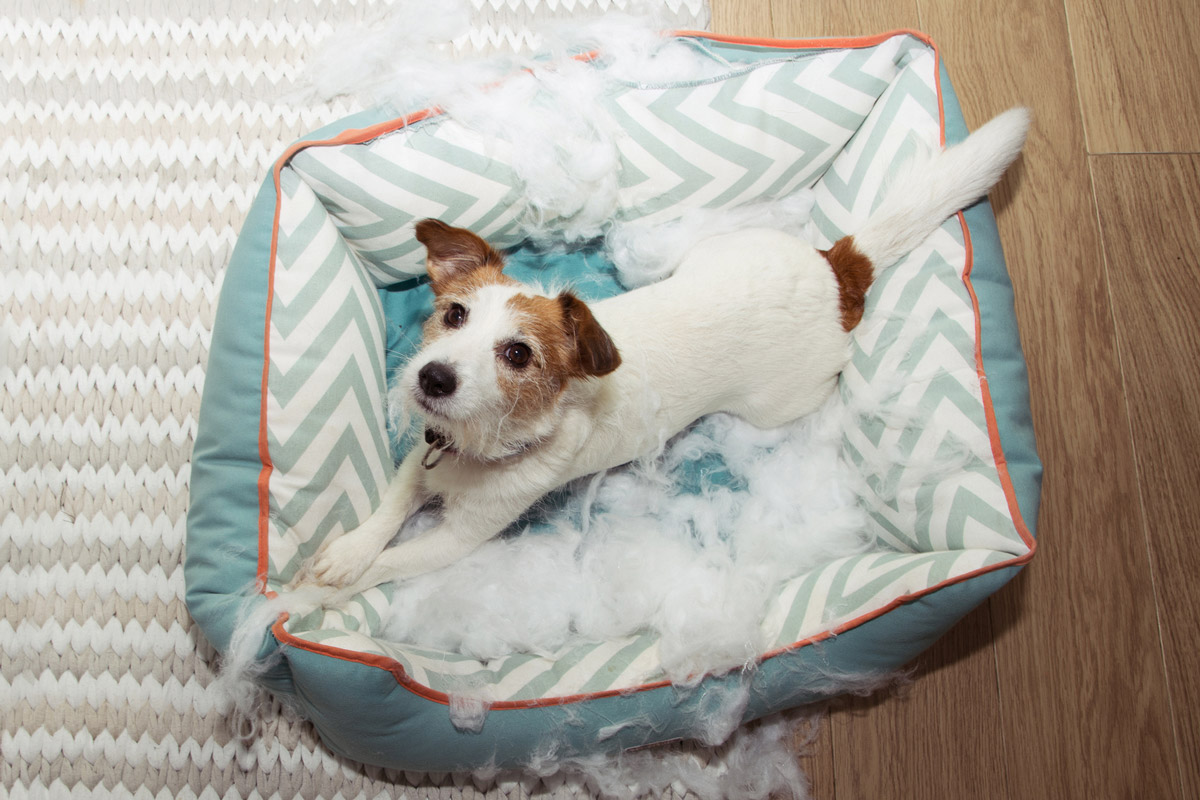
If jumping on you, chewing on furniture, or racing around the house transfers your focus to the dog from whatever it is you were doing, your pooch considers that a win. As our furry friends can’t express their thoughts and feelings in words, they sometimes express their feelings in actions instead, so if they wish to convey that they want your attention when you’re not paying them any, they might start being destructive to ‘manipulate’ you into focusing on them.
5. Leaving the room when he or she gets mad
Lastly, when pets get mad, they may have a tendency to withdraw. They’re trying to communicate that something is bothering them, and withdrawing can be a sign of jealousy as well, because it’s often a form of insecurity.
If a dog feels like they’re being neglected and they’re jealous of someone else taking their spot, they might not have the heart to fight it. Some might simply express their distress by leaving the room.
So, how do you get rid of the green-eyed monster?
Regular training sessions
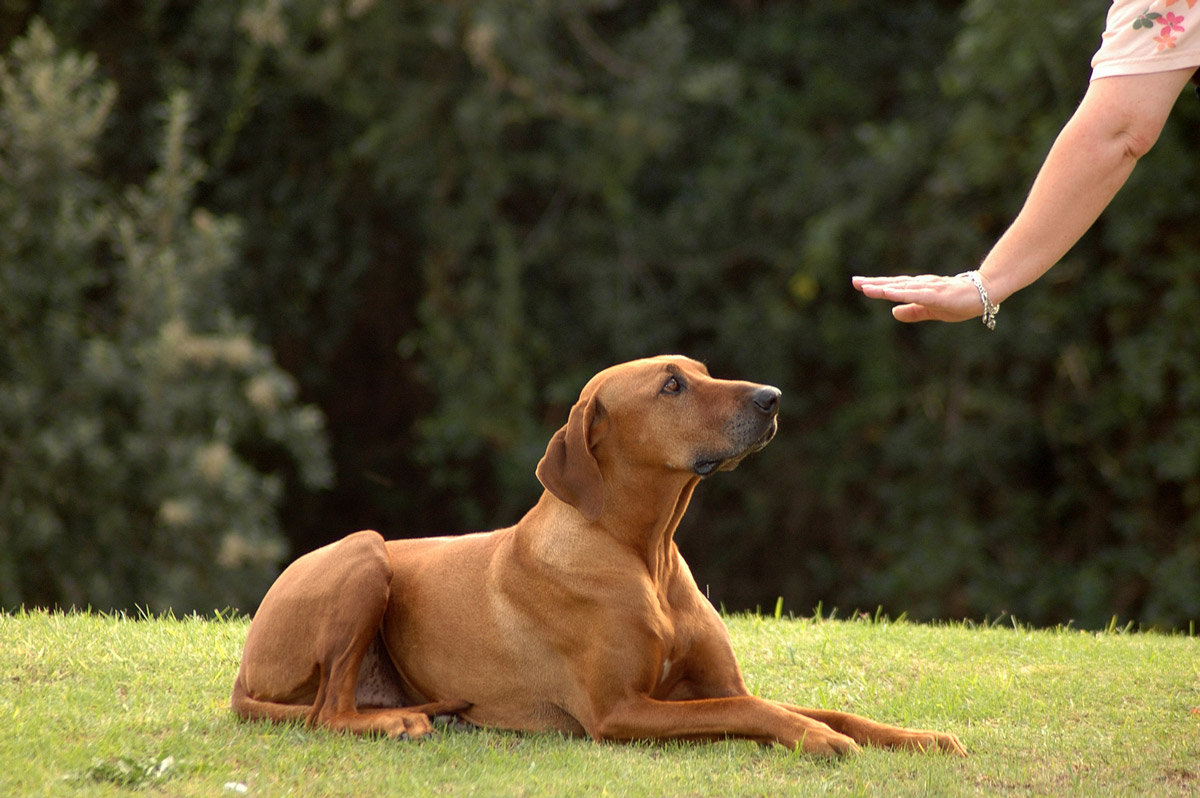
Perhaps you might not have the habit of reinforcing obedience training in your pup. It’s always better late than never, so start teaching and practising commands like “leave it”, “stay”, and “go back”, which are useful in establishing your position as a pack leader so that your dog feels more secure. They are also helpful if you need to manage jealousy situations in the future.
Take note to always use positive reinforcement too, rewarding good behaviour and dismissing bad behaviour (not by punishment, but by not giving it what it wants to teach them that this does not lead to their desired outcome), so that you can motivate your fur buddy to follow the rules of the house willingly.
Get your dog used to the object of jealousy
If your dog’s unwanted behaviour is directed at another person, involve the object of jealousy in your regular training practice. Have that person tag along on walks, meals, and playtime, and always keep in mind the “no free lunch” rule even though you might feel sorry for your pet!
Every treat, pet, and meal should be given only to calm, obedient behaviour and your furry friend needs to learn that as well. In no time at all, your dog will grow to learn that that other person is simply part of the gang.
Associate a fellow dog with treats
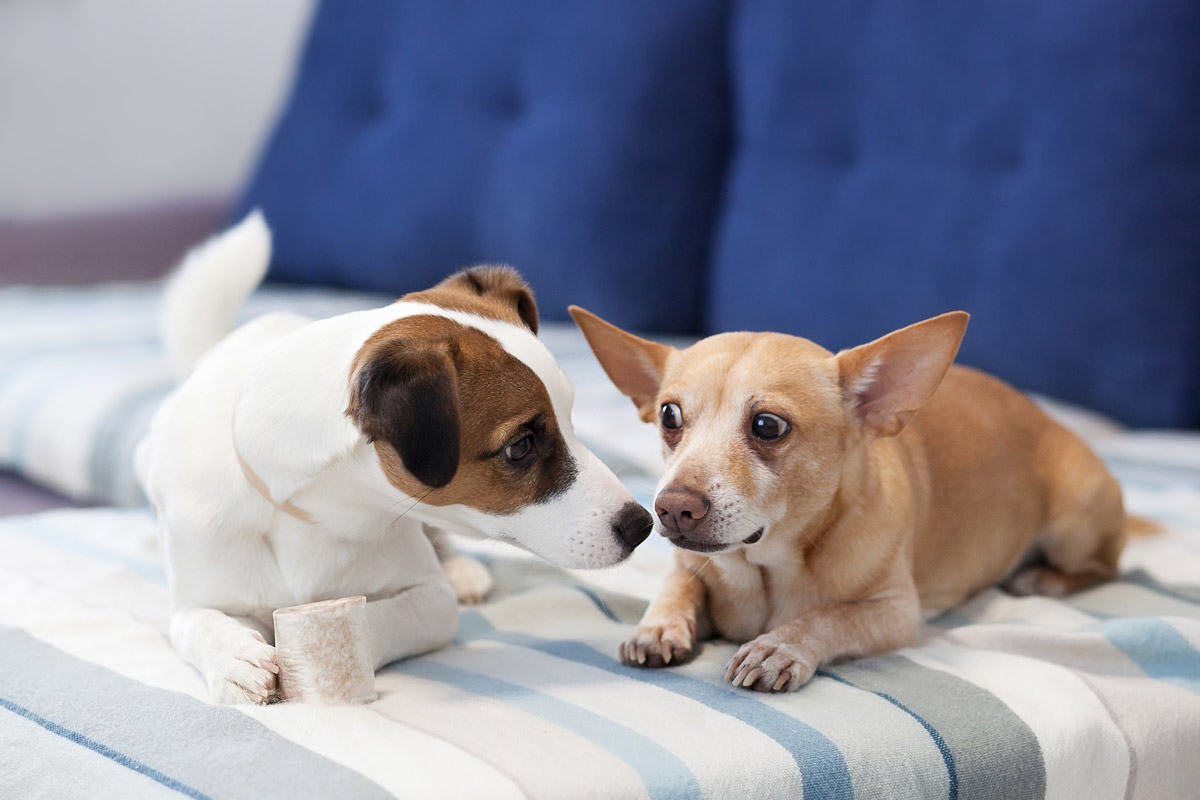
Things get completed when the object of jealousy is another dog. Thankfully, there’s a simple solution to this — making sure that the only time treats appear is when the dogs are together, sitting calmly. This is a great way to not only associate the other dog with good things, but also brush up on obedience skills.
You can also experiment with different tricks, treats, and timing. Eventually, the dogs will learn that calm compliance is the most rewarding behaviour of all. Additionally, take both dogs on walks together every day, if possible. Nothing gets dogs in a pack mindset like getting out in the world and claiming territory together!
Creating a healthy, loving relationship with Fido
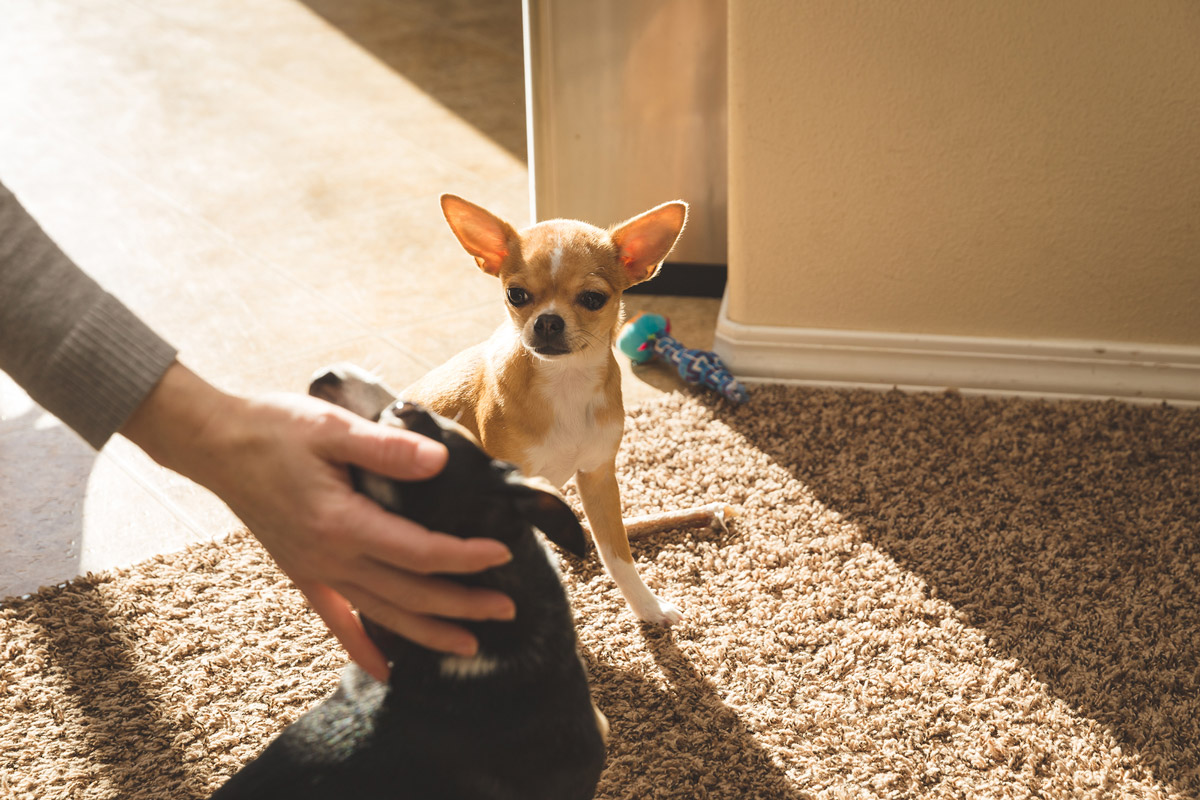
It is never our intention as pet parents to make our dogs feel anything but happiness and love. However, it is necessary for us to remember that they are, ultimately, pack animals, and they need a pack leader to provide leadership and create boundaries in order for them to feel contented and secure.
If they feel insecure or if they feel the need to take over and guide and protect you instead, it’s only natural that it might manifest into jealousy, aggression, separation anxiety, or other behavioural problems. When this happens, it’s alright to focus on reforming one behaviour at a time or reach out to pet behavioural specialists for help. Don’t despair as well, because if guided properly, even the most aggressive, jealous pooch can revert back to its secure, confident, and loving self and you can bring it to the pet groomers, pet boarding facilities, and pet events without worry.

